In an article by Wie et al. (1989), for the purpose of calculating the gains of a controller, the equations of motion are approximated by the expression for a damped harmonic oscillation:
$$\ddot{\theta} + d \dot{\theta} + \frac{k}{2} \theta = 0$$
where, of course:
$$d = 2 \zeta \omega _n \quad ; \quad \frac{k}{2} = \omega^2 _n$$
In the design example presented in the article, a settling time of $$T_s = 50 \text{ sec}$$ is assumed. Now, the article states that for a critically damped response, $$\omega _n = 0.158 \text{ rad/s.}$$
Indeed, using this natural frequency to calculate the controller gains yields responses that settle after about 50 seconds:
However, when using the relation between the settling time and the natural frequency for a critically damped system as presented in this answer, one obtaines:
$$ \omega_n \approx \frac{5.8335}{T_s} = \frac{5.8335}{50} = 0.117 \text{ rad/s.} $$
So the question is, how was the natural frequency calculated in the article?

